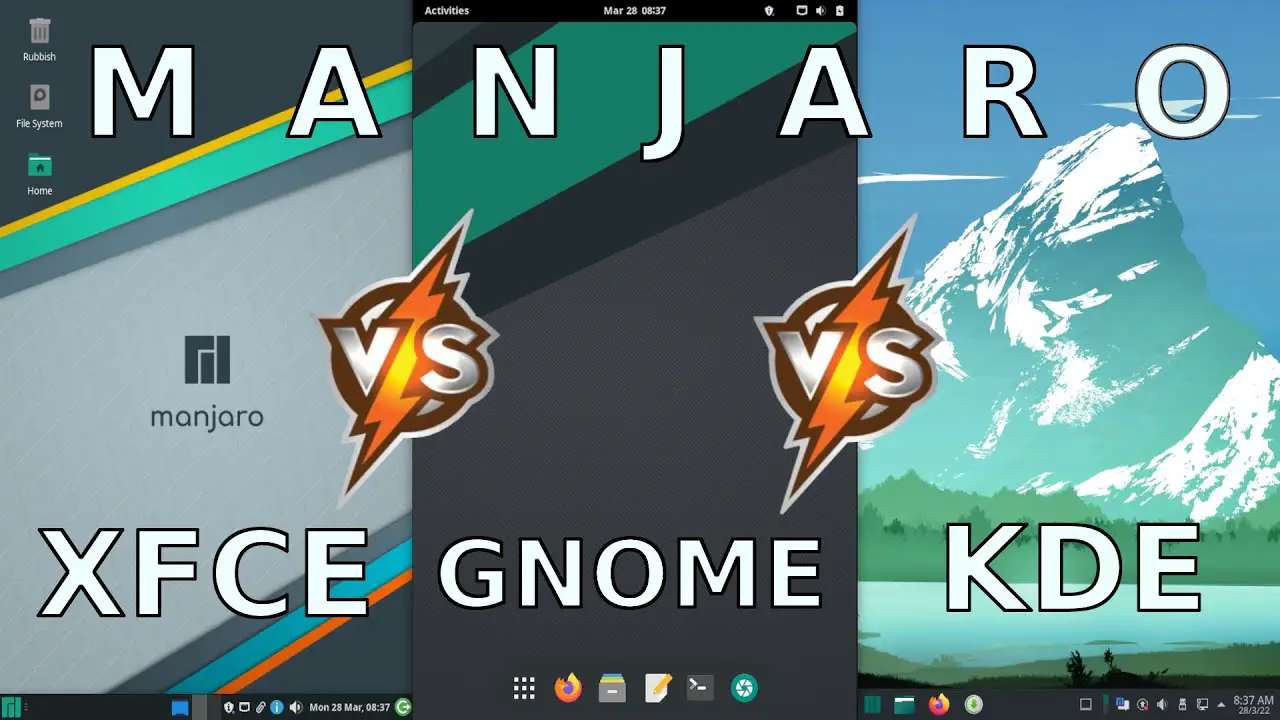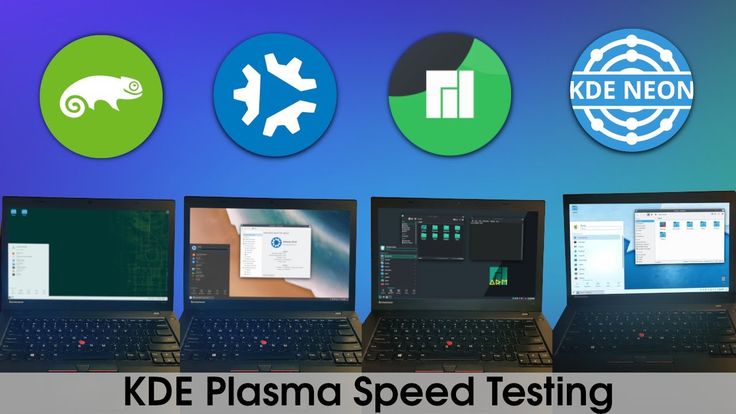Manjaro KDE vs. Kubuntu: Battle of the KDE Titans

In the realm of Linux distributions, Manjaro KDE and Kubuntu stand out as formidable contenders offering a user-friendly and versatile KDE Plasma desktop experience. While both distributions share the common ground of KDE as their primary interface, they diverge in certain aspects, each catering to distinct preferences and technical requirements.

Installation and Setup: Manjaro KDE prides itself on its straightforward installation process, making it an accessible choice for beginners and experienced users alike. It employs a user-friendly graphical installer that guides users through the setup process, offering various desktop environments, including KDE Plasma. On the other hand, Kubuntu provides a slightly more technical installation experience, geared toward users who appreciate greater control over the installation process. It utilizes the Ubiquity installer, known for its comprehensive customization options but requiring a bit more technical proficiency.

Package Management: Manjaro KDE leverages the Arch User Repository (AUR), an extensive community-driven repository, providing users with access to a vast array of software applications and utilities. This community-maintained repository grants Manjaro KDE an edge over Kubuntu in terms of software availability and up-to-date packages. Kubuntu, on the other hand, relies on the Ubuntu Software Center andCanonical’s official repositories, offering a more curated selection of software. While Kubuntu ensures a more stable and polished software experience, Manjaro KDE’s AUR empowers users with a broader choice and access to bleeding-edge software.
User Interface and Customization: Manjaro KDE and Kubuntu offer a highly customizable KDE Plasma desktop experience. Both distributions feature the latest version of KDE Plasma, providing users with a modern, intuitive, and visually appealing interface. Manjaro KDE, in particular, embraces a more minimalistic approach with its default settings, allowing users to personalize their desktops with greater ease. Kubuntu, on the other hand, presents a more polished out-of-the-box experience, featuring a wider range of preconfigured widgets and a slightly more traditional KDE layout.
Stability and Performance: When it comes to stability and performance, both Manjaro KDE and Kubuntu excel in their respective areas. Manjaro KDE, being a rolling release distribution, provides users with continuous updates and access to the latest software versions. However, this rolling release model can occasionally introduce bugs or instabilities, requiring users to be more proactive in managing their systems. Kubuntu, as a point release distribution, follows a more conservative update cycle, focusing on stability and meticulous testing before releasing updates. This approach ensures a more stable and predictable experience, particularly appealing to users who prioritize reliability above cutting-edge software.
Community and Support: Both Manjaro KDE and Kubuntu boast active and supportive communities. Manjaro KDE users have access to comprehensive documentation and a responsive forum where they can connect with other users. The rolling release model of Manjaro KDE also fosters a sense of community involvement, as users contribute to bug fixes, feature requests, and system improvements. Kubuntu, backed by the Ubuntu community, offers extensive documentation, tutorials, and a vast network of users and contributors. The stability-focused approach of Kubuntu aligns well with the needs of a user base that values reliable support and a well-established ecosystem.
Conclusion:
Manjaro KDE and Kubuntu stand as exceptional KDE Plasma distributions, each tailored to specific preferences and technical requirements. Manjaro KDE, with its Arch-based rolling release model, extensive software availability, and user-friendly customization options, appeals to users seeking bleeding-edge software and a high degree of personalization. Kubuntu, on the other hand, excels in stability, polished user interface, and a robust community. Users who prioritize reliability and a curated software experience will find Kubuntu to be an excellent choice.

===I’ve never used Kubuntu so i dont know anything about it but ManjaroKde is one of the most polished and best looking distros out there. I love it, wouldn’t use anything else.=== only ok….
===This is one of the best articles I have read on the topic.======
===good article but i would have included more context======
===I strongly disagree with the author’s assessment of Kubuntu. In my experience Kubuntu is a far more stable and reliable distro than Manjaro KDE.======
===lol Manjaro is so overrated======
===This a perfect opportunity to use the word ‘irony’.======
===KDE looks like a toy for little boys, no thanks lol======
===Very informative article. i think i will give Manjaro KDE a try now======
===I’ve been using Kubuntu for years and I’ve never had any problems with it.======
===Manjaro KDE is great, but I prefer the stability of Kubuntu.======